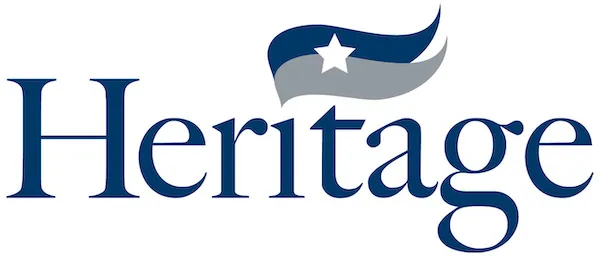Nonprofit organizations often face the challenge of growing to meet the demands of the communities they serve while staying aligned with their mission and the vision their donors and community have of them. This balancing act is crucial to ensure long-term sustainability and effectiveness. In this post, we will explore the difficulties nonprofits encounter in managing growth and mission alignment, discuss why it matters, and offer practical solutions to address these challenges.
Table of Contents
The Importance of Growth and Mission Alignment
As nonprofits expand their reach and impact, it is essential to maintain a clear focus on their mission. Growth can bring about new opportunities, but it can also lead to mission drift if not managed carefully. Mission alignment ensures that the organization’s activities and programs remain true to its core purpose, fostering trust and support from donors, volunteers, and the communities served.
Challenges in Balancing Growth and Mission Alignment
- Mission Drift: As nonprofits grow, there is a risk of deviating from their original mission to pursue funding opportunities or new projects. This can dilute the organization’s impact and confuse stakeholders.
- Resource Allocation: Expanding services and programs require additional resources, including staff, funding, and infrastructure. Balancing these needs while maintaining mission-focused initiatives can be challenging.
- Stakeholder Expectations: Donors, community members, and other stakeholders have specific expectations about the organization’s mission and activities. Managing these expectations while pursuing growth can be complex.
- Sustaining Organizational Culture: Rapid growth can strain the organizational culture, leading to challenges in maintaining a cohesive and motivated team aligned with the mission.
Solutions to Address Growth and Mission Alignment Challenges
Develop a Clear Strategic Plan: A comprehensive strategic plan can guide the organization’s growth while ensuring mission alignment. This plan should outline the organization’s goals, priorities, and strategies for achieving them, providing a roadmap for sustainable growth.
Regularly Review and Communicate Mission: Regularly revisiting and communicating the mission to all stakeholders can help maintain focus and prevent mission drift. This includes internal communication with staff and volunteers, as well as external communication with donors and the community.
- Engage Stakeholders in Decision-Making: Involving stakeholders in the decision-making process can ensure that growth initiatives align with the mission and meet the community’s needs. This can be achieved through advisory boards, surveys, and regular feedback sessions.
- Prioritize Resource Allocation: Carefully prioritize resource allocation to support mission-critical activities. This may involve making tough decisions about which programs to expand and which to scale back, ensuring that resources are used effectively to advance the mission.
- Strengthen Organizational Culture: Invest in initiatives that reinforce the organization’s culture and values. This includes team-building activities, professional development opportunities, and creating an inclusive environment where staff and volunteers feel connected to the mission.
The Role of Insurance in Supporting Nonprofit Growth
As nonprofits grow, they encounter new risks and liabilities that need to be managed effectively. Comprehensive insurance coverage can provide the necessary protection, ensuring that the organization can pursue its mission without undue concern for potential setbacks.
- General Liability Insurance: This type of insurance protects the organization against claims of bodily injury, property damage, and personal injury arising from its operations. It is essential for nonprofits as they expand their services and engage with the community.
- Property Insurance: As nonprofits acquire new facilities or equipment to support their growth, property insurance can protect against losses due to fire, theft, or other covered events. This ensures that the organization can recover quickly from unexpected disruptions.
- Nonprofit Directors and Officers (D&O) Insurance: D&O insurance provides coverage for the organization’s leadership against claims related to their decisions and actions. As nonprofits grow and undertake new initiatives, this insurance protects against potential legal actions for mismanagement or breach of fiduciary duty.
Balancing growth and mission alignment is a critical challenge for nonprofits. By developing a clear strategic plan, engaging stakeholders, prioritizing resource allocation, and strengthening organizational culture, nonprofits can achieve sustainable growth while remaining true to their mission. Additionally, comprehensive insurance coverage can protect against the risks associated with expansion, allowing nonprofits to focus on their mission and continue making a positive impact.
If you’re interested in learning more about how to manage growth and mission alignment while protecting your nonprofit with comprehensive insurance coverage, contact Heritage Insurance today. Our experts are here to help you navigate the complexities of nonprofit growth and risk management.

